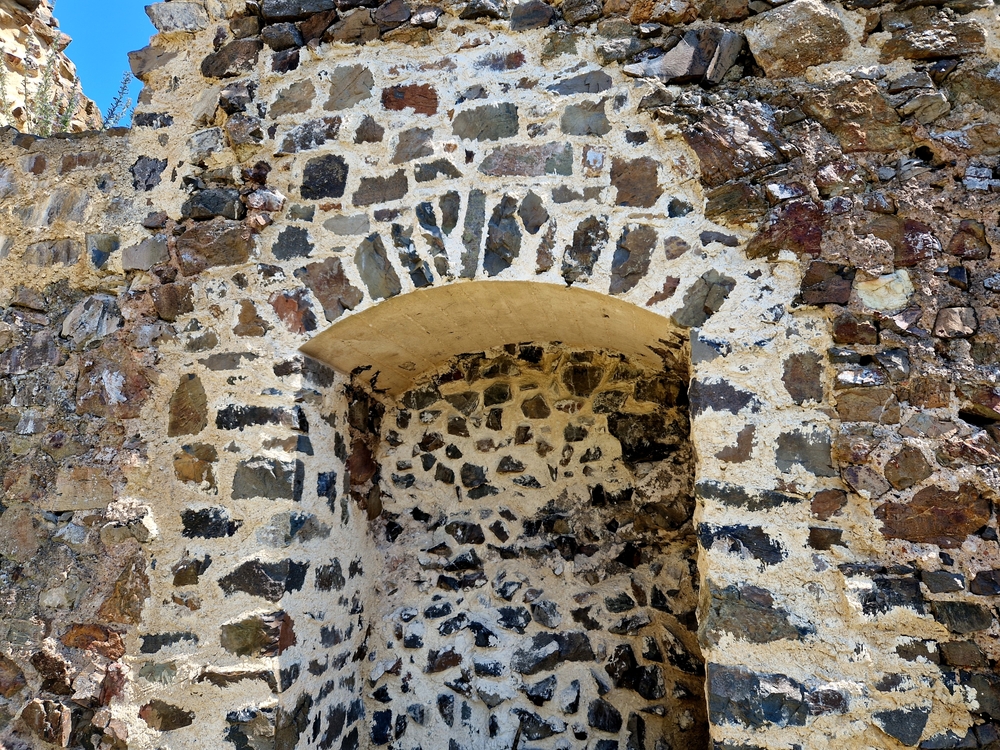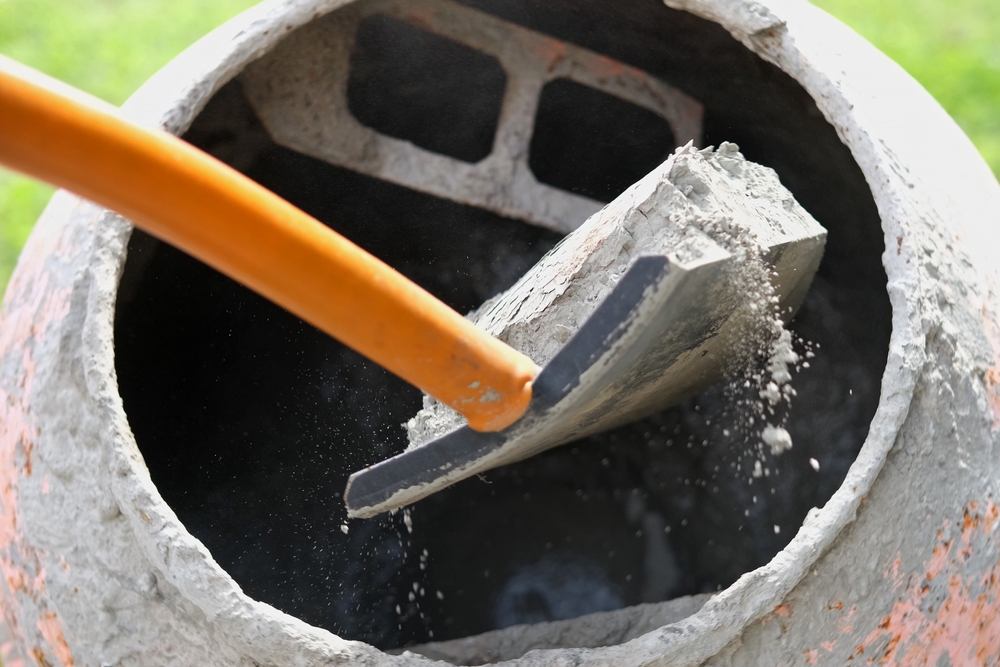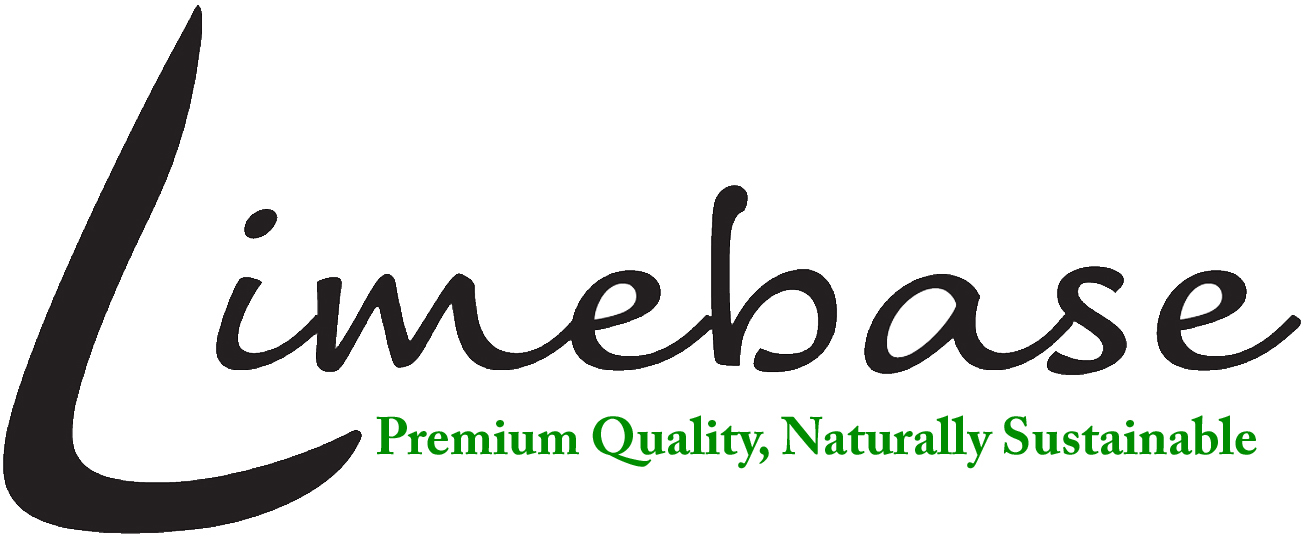Knowing the process required to create lime mortar properly can be the make or break of a construction project (literally)! But is it simple? Or do you require experts to do it for you? Where can you get the ingredients from?
In this blog, we will show you how to make lime mortar. Whilst addressing other relevant questions we think you’d like the answer for.
Limebase is an ardent supporter of the effort to repair and conserve historic buildings. We supply ingredients and our extensive range of products to tradesman, DIY builders, architects, and more. Whether you are repairing a historic building, or making creations with lime mortar, we are here to help.
Our range of services are here to help you get the best results for your building, with the least amount of hassle, at the best prices. Explore our extensive product range today!
What is lime mortar?
Lime mortar is a traditional building material whose origin have been discovered as far back as the times of the ancient Egyptians. But what exactly is it made of? What does it do specifically?
The ‘lime’ of the lime mortar can easily be confused with the green citrus fruit we use in our cooking, but the lime we are referring to is derived from limestone. This specific ingredient grants it properties which include being a more porous material, this results in better breathability, which is crucial for buildings and structures that were made using lime mortar.
Lime mortar contains no cement whatsoever, and is also not the same as hydrated lime that can sometimes be added to a cement mortar.
Depending on where the lime mortar is used, it can also be referred to as the following names…
- Lime render – This is lime mortar that would be used externally or on walls that are exposed.
- Lime plaster – If applied to ceilings and other internal walls, then the term ‘Lime plaster’ is generally used.
Is lime mortar the same as mortar?
No. Although both serve the same purpose, the effects are different. As we mentioned, lime mortar is better for historic buildings or structures made with lime mortar, though it is more labour-intensive, and takes longer to set.
Is mortar concrete?
No. Mortar is generally a mixture of sand and cement, whereas mortar also adds aggregates into the mix as well as other ingredients. This results in different building resources that serve multiple purposes in builds of varying degrees.
What can lime mortar be used for?

Lime mortar can be used for the following purposes…
- Older buildings, homes, structures, or properties.
For the aforementioned designs that fall within the remit of conservation areas, listed buildings, and sometimes heritage sites and buildings, lime mortar is specified to be used. This is likely in accordance with what the area had used upon its original construction/later renovations.
- Helps to prevent damp.
Damp, otherwise known as mould is not only a health hazard, but can severly affect the structure and comfortability of wherever it manifests. Because lime mortar is a breathable material, it has the potential to prevent or hasten any problems you may have with damp.
- A flexible option.
Over time, buildings will move nominally, this could be due to the ground below it changing, gravity, or the building ‘settling’ either way, having a flexible mortar allows for movement.
If a building is denied any movement at all, this can run the risk of certain parts of the structure being prone to damage or breakage due to the built-up pressure.
- Environmentally conscious builds.
Lime products, including lime mortar, have a smaller carbon footprint due to their method of production. This is extremely relevant with the focus on the environment being a global effort.
How to make lime mortar

Beginning with our estimation tables will give you a rough idea how much lime mortar you will require for the job at hand. Once you have the amount you need, you can begin to make lime mortar.
Using a conventional cement mixer or a paddle mixer will be helpful, with the latter being advisable for bigger jobs. Please note, that this how to will cover hydraulic lime mortar.
- Add 1 part sand into the mixer.
- Add 1 part lime into the mixer.
- Follow this by adding a further 1.5 parts sand into the mixer, and allow it to mix for at least 5 minutes. This dry mixing process allows the components to mix properly with each other.
- After the dry mixing period is complete, you can begin to add water. Make sure you slowly pour the water gradually. Do not pour it all at once as this can ruin the consistency of the mix.
- Continue adding water until your desired consistency is achieved.
- After water has been added, leave the mixture to mix for a further 20 minutes before usage.
Is lime putty the same as lime mortar?
Yes, and no. The process of creating lime putty is different, and results in a ready-made product that can generally be used in most of the same ways as lime mortar. Lime putty can dry out rather quickly, so as long as it is stored in a wet airtight container, you can use it again on future building jobs.
In some instances, lime putty can save you the hassle of having to manually prepare lime mortar yourself. It is worth considering, depending on the job at hand.
Where can I buy lime putty?
Limebase is a trusted supplier of lime putty, and much more, including lime mortar. You can also find lime putty amongst other suppliers, here are some of the options we offer.
Bath Stone Fine Building/Pointing Lime Putty Mortar – BA4
Our BA4 fine lime putty mortar is a cream-coloured lime putty that you can use for an array of building jobs, with availability to pre-order in half tonne, and one tonne dumpy bags, or as 25 kg bags. Prices start from £12.48. (Including VAT).
Taunton Red Fine Building/Pointing Lime Putty Mortar – TM47
Our TM47 fine building/pointing lime putty mortar is designed specifically for the restoration of historical buildings. Its red/pink colouring allows the putty to sit alongside ancient brickwork without compromising its historical accuracy during restoration.
This product is again available to pre-order in half tonne, and one tonne dumpy bags, as well as 25 kg bags. It is available starting at £12.60. (Including VAT).
Lias Black Fleck Coarse Building/Pointing Lime Putty Mortar – W20
The W20 black fleck coarse building/pointing lime putty mortar is yet another one of our lime putty options. Its off-white/grey shade allows it to be used on historical buildings that were made with colours that compliment this putty. Like all of our products, there is no exception to the quality and level of application provided by our lime putty.
Like our other two options, you can pre-order this putty in half tonne, and one tonne dumpy bags, or as 25 kg bags. With the price of this putting starting from £13.92 (Including VAT).
Ham Stone Dark Coarse Building/Pointing Lime Putty Mortar – GM248
The GM248 stone dark coarse lime putty we supply is naturally complementary to natural stone due to its deep, warm brown colour. It is suitable for all types of construction including laying stone, pointing, and render.
Starting from £14.76 (including VAT). This lime putty mortar is again available as a pre-order in half tonne or one tonne dumpy bags, or as 25 kg bags.
Can I get my lime mortar mixed professionally?
Yes you can! Our expertise allows us to understand your needs and make a mix that is directly to your specifications. Though, certain buildings may require a specific mixture of lime.
In addition, we have a service in which you can request the creation of mortar or plaster, which again can be mixed to your specifications.
How much does it cost for mixing services?
Our mixing service prices will vary based on a few key factors, which are…
- The suitability of the stone.
- If you require special mixing.
- If you want to supply the materials for the mix.
Once this is understood, we can calculate a price for our preparation, mixing and bagging of the finished product.
What happens if I mix lime mortar incorrectly?
The main issue some people face when preparing lime mortar by hand is adding water. Sometimes, whether it’s by accident or impatience, too much water is added at once, this shrinks the mixture, and reduces the significant characteristics that lime mortar holds.
Of course, failure to prepare and mix the lime mortar properly will result in you having an inferior product, which you may need to remake, or once again buy the necessary ingredient. This in turn can delay the completion of your build, and eat into your budget.
Purchase lime mortar ingredients today

And there you have it, a comprehensive understanding of not only how to make lime mortar, but key information and additional facts to deepen your understanding of this material. We hope our blog has helped you immensely, and we encourage you to keep up to date with the future blogs we publish.
With over 20 years of consultancy experience in the area of using lime, Limebase invites you to get in contact with us if you have any queries or issues you think we can help with. Our years of experience with helping the people of Taunton and beyond is what we love to do.
Address:
Walronds Park
Isle Brewers
Taunton
TA3 6QP
Telephone: 01460 281921
Email: info@limebase.co.uk

